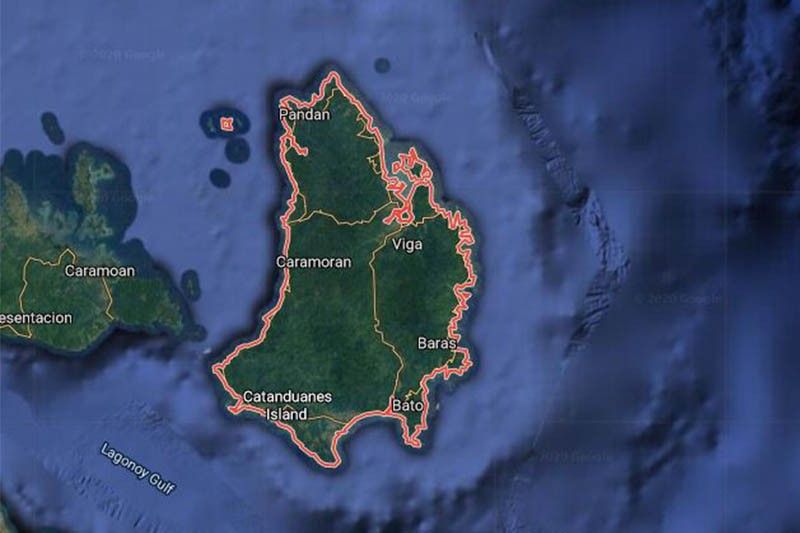Team deployed to typhoon-hit Catanduanes to restore communication lines

MANILA, Philippines — An emergency telecommunications team will be deployed to Catanduanes Monday to restore communication lines a day after cyclone Rolly (international name: Goni) made its first landfall in the island province as a super typhoon.
Ricardo Jalad, executive director of the National Disaster Risk Reduction and Management Council, said the Office of Civil Defense's team will establish satellite voice and data communication in the area.
He added the initial delivery of food packs to Catanduanes and the rest of Bicol region is scheduled Monday and Tuesday. The central office will also send an augmentation for rapid damage and needs assessment team to Catanduanes.
‘Limited communications’
Destructive winds and intense rains knocked down cell towers and power lines in the province after Rolly—the world’s strongest storm yet this year and a super typhoon at its peak—first made landfall over Bato town early Sunday morning packing peak winds of 225 kph and gusts of up to 280 kph.
#NasaanAngCatanduanes (Where is Catanduanes?) has been trending on Twitter as social media users look for updates in the province.
“Our communications are very limited to satellite phones and radio communications,” NDRRMC spokesperson Mark Timbal said in an interview on ANC Headstart.
Timbal said it is impossible for residents of the island province to have posted photos of the devastation left by Rolly as communication lines in the area are still down.
“Our countrymen should be reminded that we’re having communication problems in Catanduanes and if these photos circulate in social media, it’s quite impossible for these photos to have been sent from that particular area given that mobile telecommunication is down in those areas,” he said.
Once rapid communications are established in the province, the NDRRMC will receive photos within the next 24 hours to assess the situation on the ground and determine the extent of the damage.
Rolly, which battered Bicol region and other parts of Luzon, left at least 10 people dead and affected more 372,653 families or 2.068 million individuals in 12 regions. — Gaea Katreena Cabico
- Latest
- Trending


































